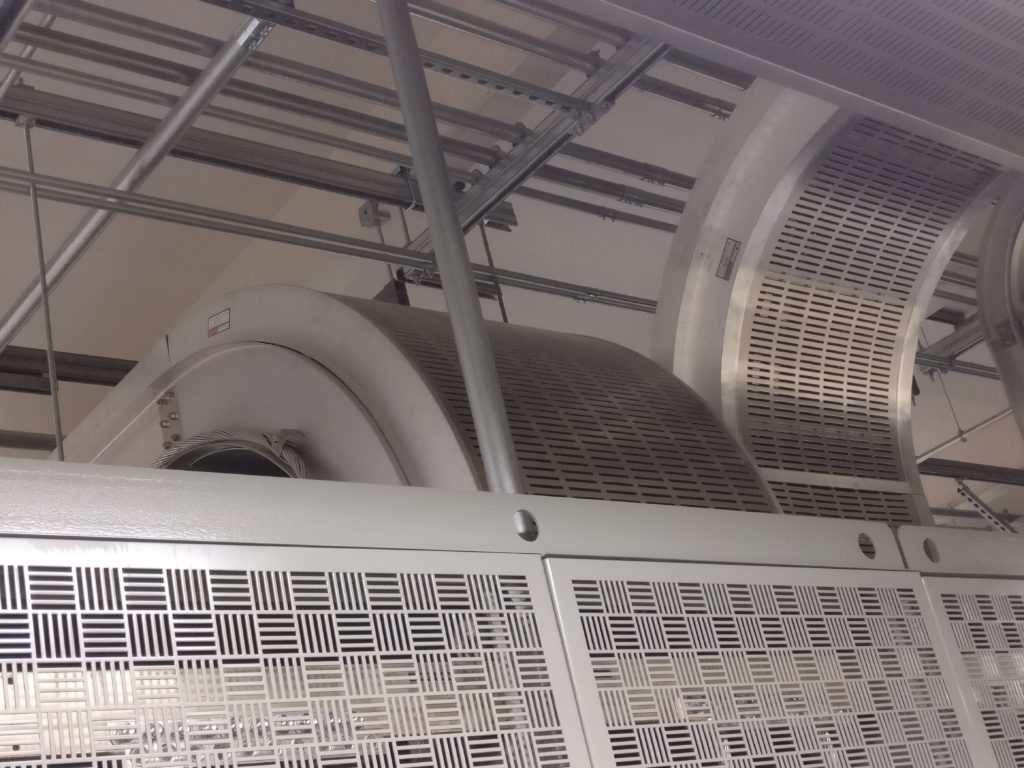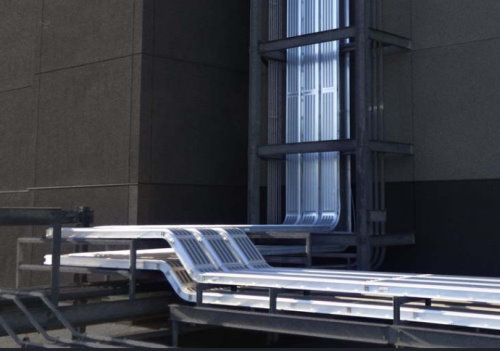132kV cables are not usually installed above the ground because of the voltage. The high voltage can cause a huge spark that will ignite anything it touches. It is important to be mindful where this cables are installed, and it is advised to keep them at least 10 feet away from any combustible materials or vegetation. This article gives insights regarding the installation of 131kV cables.
What are 132kV Cables Used For?
Before getting into reasons these cables should be installed below ground, let us first have a look at what they are used for in the first place.
132kV cables are typically used in the transmission of electrical power from generating station to the substation. They transmit electric energy at high voltage. These cables have a potential difference of 132 kilovolts between their conductors and carry electric current in the form of alternating current (AC).

The vast majority of these cables are installed underground and can carry 40,000 volts per cable. 132kV cables are the largest and most dangerous type of power cable. Apart from carrying a large amount of electricity, they are also hard to work with because they weigh up to 500 pounds per foot.
132kV cables are used in high voltage power transmission lines. These cables have a number of benefits including: higher tensile strength, lower weight per unit length, and improved insulation performance. Due to these benefits, these cables are often used to transmit electricity from distant generating plants to local substations because they can carry more power over long distances than lower voltage cables. They need special connectors that allow the cables to be handled while energized. Without these special connections, there is a risk of electric shock from touching the wrong places on the cable with bare hands.
National Electric Code (NEC) on 132kV Cables
Electricians must adhere to different electrical codes as indicated by the National Electrical Code (NEC). The NEC has been in effect since 1897. In fact, it is the oldest continuously published code of any kind in the United States. The NEC states that 132kV cables should not be installed above ground because they are dangerous to humans and animals who might encounter them or be electrocuted by touching them when they are alive.
According to the National Electrical Code (NEC), high voltage cables should not be installed in or on buildings, other structures, trees, poles, or any other object where they may encounter the public. This means that it is unsafe for high voltage cables to be installed above ground level.
The Dangers of 132kV Cables
132kV cables can be dangerous, especially if they encounter water or any other sources of moisture. Moisture could lead to corrosion, sparking and possible electrical leakage. When installing such high-voltage cables, it is important to avoid overhead lines so there is no chance for a breakdown or short circuit from any external source.
Another instance is if a vehicle or heavy machinery struck or damaged the cables in any other way, it could cause a power outage and even an explosion if the cable is live.
Benefits of Installing 132kV Cables Underground
Apart from being quite safe, cable installation under the ground is a more cost-effective and reliable option than overhead. This part of the article gives some advantages of installing high-voltage cables underground.
Cost Savings
Underground cables are less expensive to install because they do not require poles or other structures to support them while they are being installed. The cost savings can be passed on to customers as well.
Reliability
Cables buried underground will withstand extreme weather conditions and provide power during storms. This means that they can last for quite a long time.
Efficiency
With cables buried underground, construction crews have easier access for shoveling snow or repairing utilities when necessary. This means faster response times if there is an emergency like a storm.
Out of Harm’s Way
When cables are installed below ground, they are out of harm’s way, meaning they will not cause any unprecedented damage.
132kV cables are not installed above the ground for a variety of reasons. Not only would this be very difficult to do, but it also creates an unsafe environment that is unappealing to those who travel through the area. For example, if one of these cables were to fall from high up in the air and land on or near someone’s head – they could die. This is why 132kV cables are typically buried underground instead so that they stay safe from harm and out of sight.
Additional Resources
- What is HV and LV Power Distribution System?
- What is the Difference Between a Busbar and a Feeder?
- What are Some Examples of a Bus in Electronics?
- What is a Cable Tray? Define Their Types




